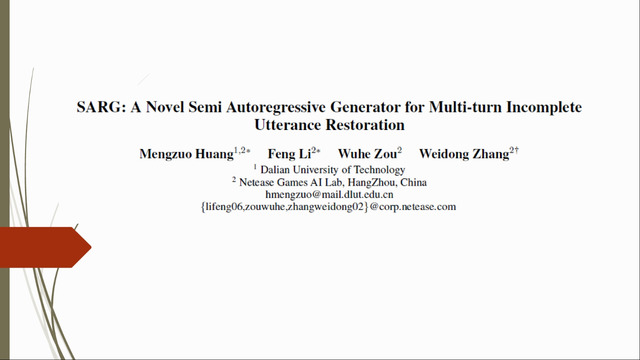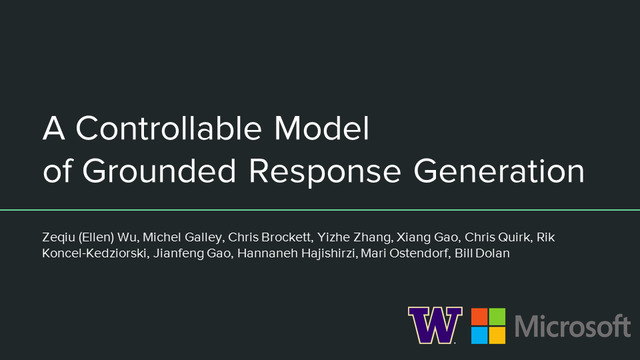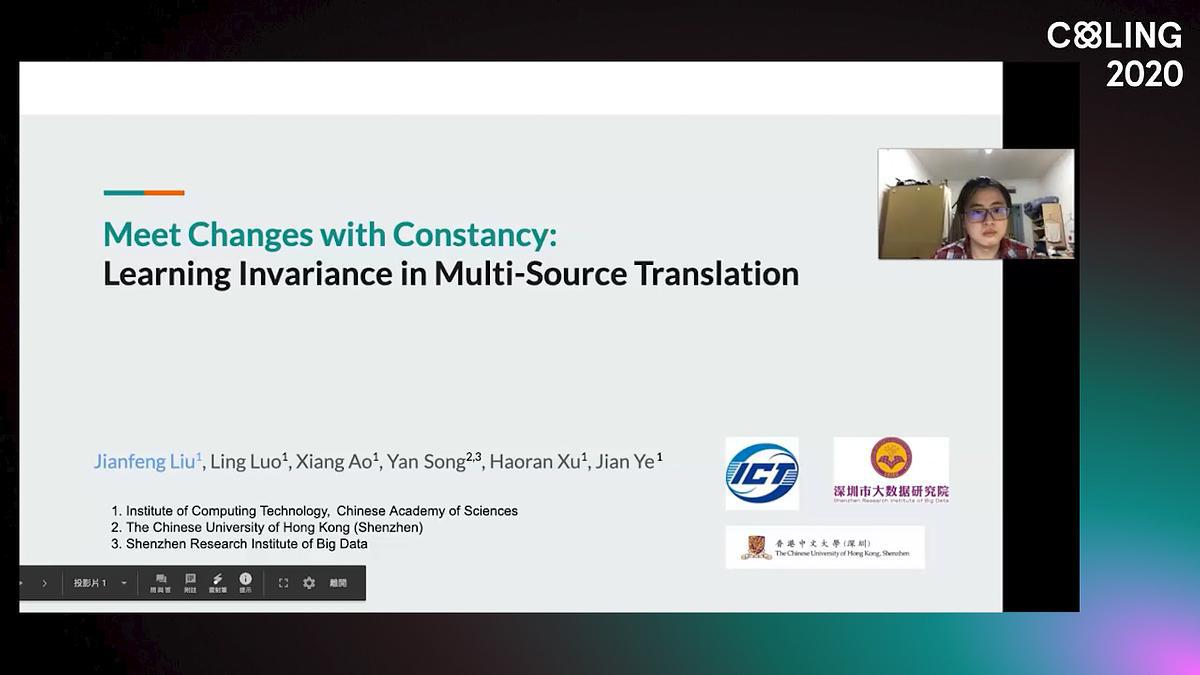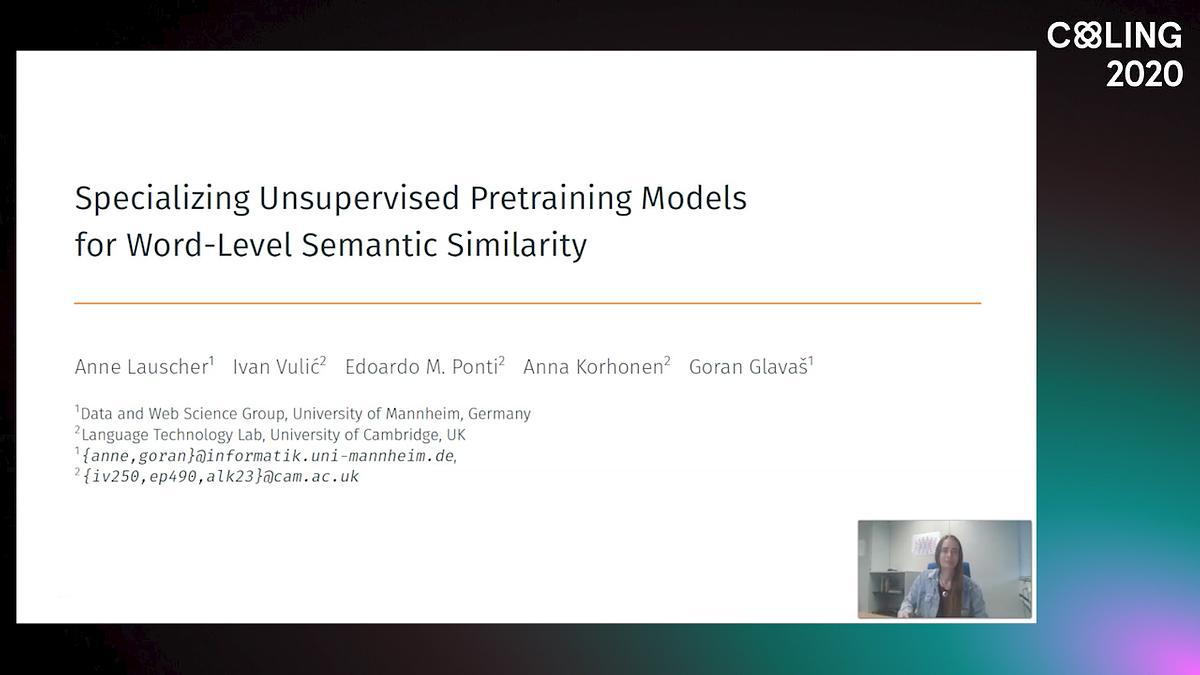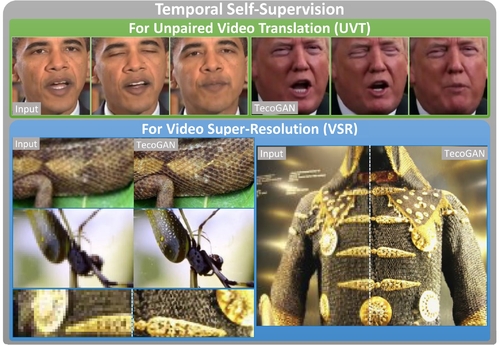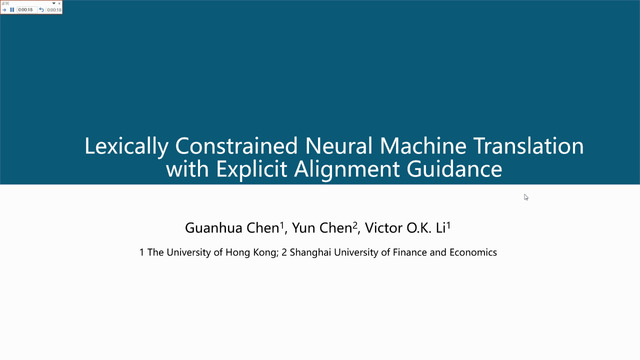Abstract:
Neural dialogue models, despite their successes, still suffer from lack of relevance, diversity, and in many cases coherence in their generated responses. On the other hand, transformer-based models such as GPT-2 have demonstrated an excellent ability to capture long-range structures in language modeling tasks. In this paper, we present DLGNet, a transformer-based model for dialogue modeling. We specifically examine the use of DLGNet for multi-turn dialogue response generation. In our experiments, we evaluate DLGNet on the open-domain Movie Triples dataset and the closed-domain Ubuntu Dialogue dataset. DLGNet models, although trained with only the maximum likelihood objective, achieve significant improvements over state-of-the-art multi-turn dialogue models. They also produce best performance to date on the two datasets based on several metrics, including BLEU, ROUGE, and distinct n-gram. Our analysis shows that the performance improvement is mostly due to the combination of (1) the long-range transformer architecture with (2) the injection of random informative paddings. Other contributing factors include the joint modeling of dialogue context and response, and the 100% tokenization coverage from the byte pair encoding (BPE).





